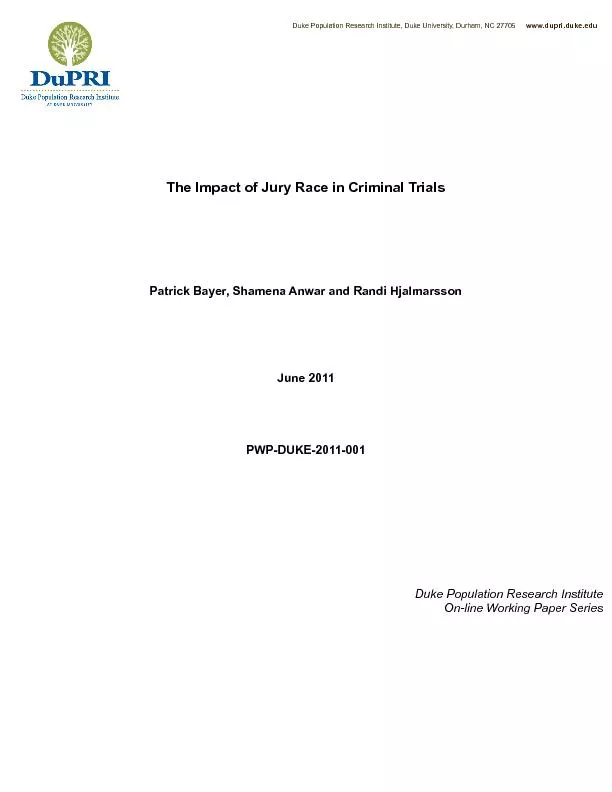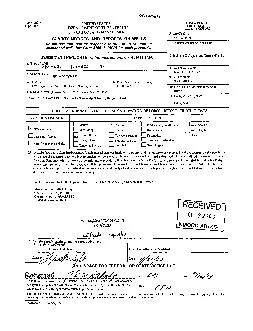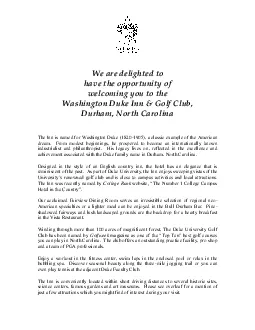PPT-Case Practicing Duke APD Consulting Club
Author : vestibulephilips | Published Date : 2020-06-19
2282016 1 Meeting Agenda Brief review of last meeting Market size estimation Mental math tips and practicing Business situation framework Skills for today Business
Presentation Embed Code
Download Presentation
Download Presentation The PPT/PDF document "Case Practicing Duke APD Consulting Club" is the property of its rightful owner. Permission is granted to download and print the materials on this website for personal, non-commercial use only, and to display it on your personal computer provided you do not modify the materials and that you retain all copyright notices contained in the materials. By downloading content from our website, you accept the terms of this agreement.
Case Practicing Duke APD Consulting Club: Transcript
Download Rules Of Document
"Case Practicing Duke APD Consulting Club"The content belongs to its owner. You may download and print it for personal use, without modification, and keep all copyright notices. By downloading, you agree to these terms.
Related Documents













